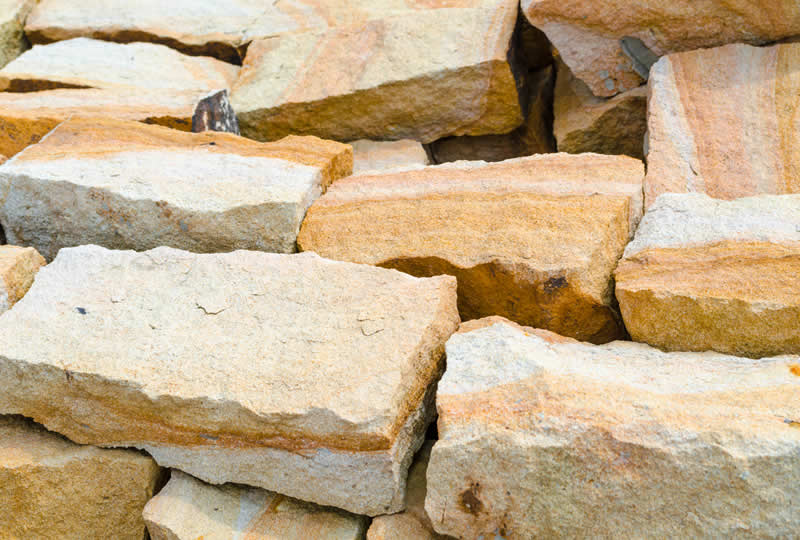Retaining Wall Systems in Michigan
Adding a bit of uniqueness to your yard is very easy to do with stonework. One of the most popular ways to add stone work to your yard is by adding retaining wall systems in Michigan. These can be done on subtle hills and areas where you need a bit of extra room. They work great to allow stepped gardens and pathways that would otherwise be difficult. But there are some things you’ll need to consider when installing retaining wall systems in Michigan and I’ll go over those points in this article.
Retaining Wall Systems in Michigan
If you want a bit of depth to your garden one of the best ways to do that is with retaining wall systems in Michigan. They allow you to give a tiered appearance even when the landscape is near flat. For Michigan residents, this is one of the advantages of using a retaining wall although other purposes are common as well around hill side or water.
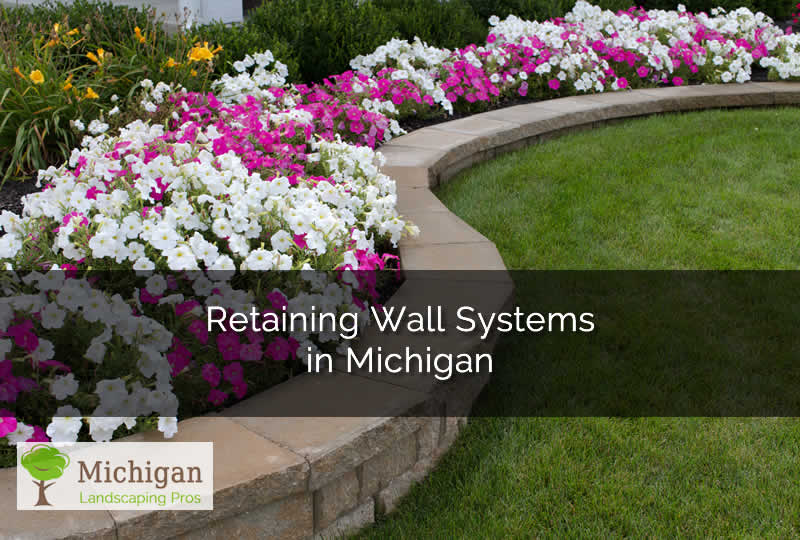
Types of Retaining Wall Systems in Michigan
There are many different types of retaining wall systems. In fact, most are used not for landscaping purposes. They are mostly used in areas where hills and mountainous land can be made livable. Allowing an area to be carved out of a mountain or hill and have a flat piece of land to build a home or cabin on. Retaining wall systems like this are not common in Michigan but can be used in some situations.
Mostly the types of retaining wall systems in Michigan are more for aesthetics. To make a garden or yard look more appealing. And to give it a bit of depth when there really isn’t much contour in the land. I’ll go over in brief detail what each type of retaining wall system is below:
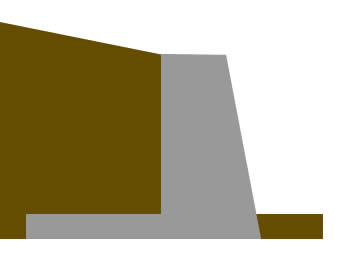 Cantilevered Retaining Wall
Cantilevered Retaining Wall
This retaining wall system works by adding a cantilever to the bottom of the wall. As pictured in the image you can see that the more pressure that is applied to the wall the more the wall tries to tilt. This in turn causes the dirt on top of the cantilever to keep that from happening. A retaining wall system like this is used in larger walls where large amounts of dirt needs to be held back.
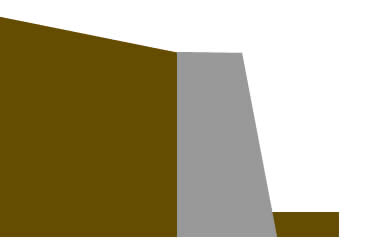 Gravity Retaining Wall
Gravity Retaining Wall
The gravity retaining wall works like the cantilever retaining wall system but it doesn’t have the protruding cantilever. This is one of the most common used retaining wall systems in Michigan because it’s made more for appearance. A gravity wall isn’t likely used on high walls that needs to hold back large amounts of dirt. They are usually small in size and going to about 6 feet high.
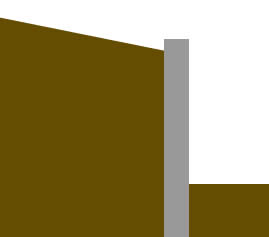 Piling Wall System
Piling Wall System
A piling wall works by driving a wall down below the ground level. This helps by giving the wall more of an anchor because it usually goes into the ground at least half as much as it sticks out. So a six foot high wall would be at least three foot in the ground.
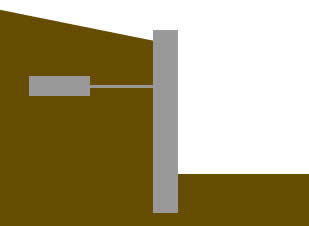 Anchored Wall System
Anchored Wall System
An anchored wall systems can be used with a piling wall system or a gravity wall system. In an anchored wall system an anchor is placed near the wall and connected using cables or chains. This anchor helps to secure the wall from falling. This is a common retaining wall system in Michigan when used around water.
Ready For your Retaining Wall System?
As you can see from above, retaining walls can be a lot of work to put into place. But they can also make a great addition to a landscape. They can help to break up areas that seem too spacious and they also allow places to be level when on a hillside. Smaller areas can benefit from retaining walls by using them as stepping stones for the garden. This will look more fuller and give the appeal of a large garden area even when it’s small.
Retaining Wall Systems in Michigan can be difficult to do yourself. That’s why in most situations it’s best to get professionals in install the retaining wall for you. Not properly building a retaining wall can lead to cracks and possibly even a collapse of the wall that’s why it’s important to get a professional to do this for you.
